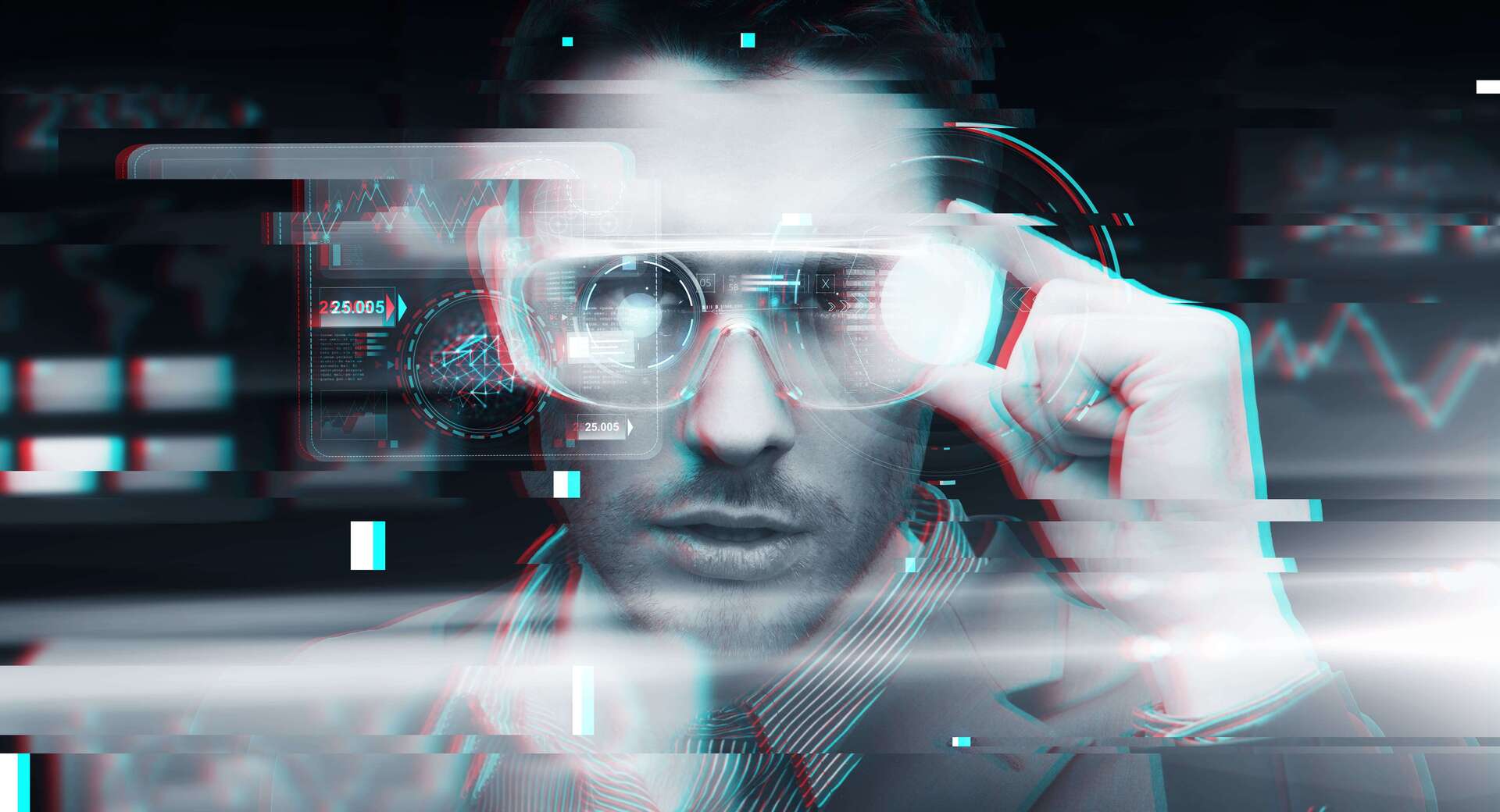
FAQ About Augmented Reality
Augmented Reality
2 years ago | gizem
How does Augmented Reality impact the tourism industry?
Augmented Reality (AR) has a significant impact on the tourism industry, transforming the way people experience and engage with travel destinations. Here are some ways AR is shaping the tourism industry:
- Virtual Travel Experiences: AR allows tourists to explore virtual replicas of destinations and landmarks. Users can use AR-enabled devices or mobile apps to view 3D models, videos, or interactive information overlays of tourist attractions before visiting them physically. This provides a preview of the destination, helps plan itineraries, and enhances the decision-making process.
- Enhanced Guided Tours: AR enhances guided tours by providing interactive and immersive experiences. AR can overlay digital content, such as historical information, stories, or multimedia elements, onto real-world landmarks or points of interest. This enriches the tour experience, providing context, interactivity, and a deeper understanding of the location's history and significance.
- Augmented Navigation and Wayfinding: AR can assist tourists in navigating and wayfinding through unfamiliar environments. AR-enabled maps and navigation apps superimpose directions, points of interest, or digital signage onto the real-world view, guiding tourists to their destinations. This improves navigation accuracy, reduces the likelihood of getting lost, and enhances the overall travel experience.
- Language Translation: AR can aid tourists in overcoming language barriers. By using AR translation apps or devices, users can point their camera at foreign signs, menus, or text, and have the text translated in real-time. This helps tourists understand and communicate better in unfamiliar language environments, improving their ability to navigate, order food, or interact with locals.
- Interactive Museum and Exhibition Experiences: AR is used in museums and exhibitions to create interactive and educational experiences. AR can overlay additional information, multimedia content, or 3D visualizations onto artifacts or exhibits, providing a richer and more engaging experience for visitors. AR allows tourists to delve deeper into the exhibits, bringing them to life with interactive content and storytelling.
- Virtual Tourist Attractions: AR can create virtual tourist attractions or experiences. For example, AR can bring historical events to life through augmented reenactments or allow tourists to virtually explore inaccessible or restricted areas. Virtual tourist attractions offer unique and immersive experiences that expand the possibilities of travel and attract visitors to new destinations.
- Personalized Recommendations and Offers: AR can provide personalized recommendations and offers based on the user's location, preferences, or past activities. AR apps or devices can analyze user data and present tailored suggestions for nearby attractions, restaurants, or activities. This enhances the customization and convenience of the travel experience, allowing tourists to discover relevant options easily.
